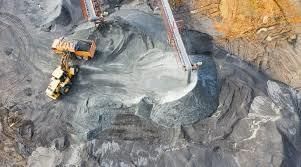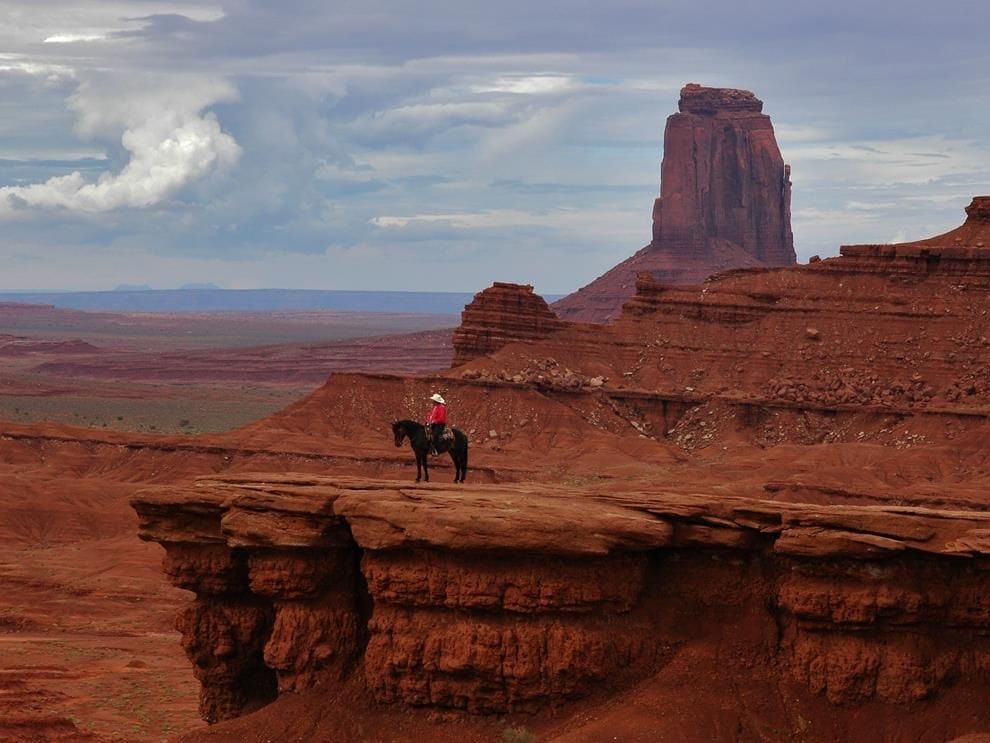Common trees in these forests include pine, fir, deodar, spruce, and cedar, which are cone-shaped and adapted to cold climates.
Practice Questions: Landforms and Life | Social Studies for Class 6 PDF Download
Q1: What is a landform?
(a) A man-made structure
(b) A natural feature on Earth's surface
(c) A type of cloud
(d) None of the above
Ans: b)
A landform is a natural feature on the Earth's surface. These features develop over millions of years and are closely linked to the environment and life.
Q2: Which landform is characterised by steep sides and a narrow top?
(a) Plateau
(b) Plain
(c) Mountain
(d) Valley
Ans: c)
A landform with steep sides and a narrow top is known as a mountain.
Q3: Which is the highest peak in the Himalayas?
(a) Mount Kilimanjaro
(b) Mount Everest
(c) Mount Aconcagua
(d) Anamudi
Ans: b)
Mount Everest is the highest peak in the Himalayas, standing at an impressive height of 8,849 m.
Q4: What type of trees are commonly found in montane forests?
(a) Palm trees
(b) Cactus plants
(c) Cone-shaped trees like pines and firs
(d) Broadleaf trees
Ans: c)
Q5: Which plateau is known as the "Roof of the World"?
(a) Deccan Plateau
(b) Chhota Nagpur Plateau
(c) East African Plateau
(d) Tibetan Plateau
Ans: d)
The Tibetan Plateau is often referred to as the 'Roof of the World' due to its high altitude.
Tibetan Plateau
Q6: What makes floodplains fertile for agriculture?
(a) Rocky soil
(b) Sediments deposited by rivers
(c) High altitude
(d) Lack of water
Ans: b)
Floodplains are fertile due to sediments deposited by rivers, which enrich the soil. In contrast, rocky soil and high altitudes are less conducive to agriculture, while a lack of water is detrimental.
Q7: Which activity is a major source of income in mountainous areas?
(a) Tourism
(b) Fishing
(c) Mining
(d) Shipbuilding
Ans: a)
Tourism is a significant source of income in mountainous areas, attracting visitors for its natural beauty and recreational activities. Fishing, mining, and shipbuilding are less relevant in these regions.
Q8: Which Indian woman was the first to climb Mount Everest?
(a) Arunima Sinha
(b) Bachendri Pal
(c) Kalidasa
(d) None of the above
Ans: b)
Bachendri Pal was the first Indian woman to successfully climb Mount Everest in 1984, while Arunima Sinha climbed it later in 2013.
Q9: Which tinai in ancient Tamil Sangam poetry represents coastal regions?
(a) Kurinji
(b) Mullai
(c) Neydal
(d) Marudam
Ans: c)
Neydal is the tinai that represents coastal regions in ancient Tamil Sangam poetry, while Kurinji, Mullai, and Marudam represent different landscapes.
Q10: What is the term for the sudden collapse of earth or rock from a mountainside?
(a) Avalanche
(b) Landslide
(c) Cloudburst
(d) Flash flood
Ans: b)
A landslide refers to the sudden collapse of earth or rock from a mountainside, while an avalanche involves snow and ice, and cloudbursts and flash floods pertain to water events.
Q11: What is the difference between a mountain and a hill?
Ans: A mountain is a tall landform with steep sides and a pointed or narrow peak, often above 600 metres, and may have snow on top. A hill is shorter, usually below 600 metres, with gentler slopes and rounded tops.
Q12: Name two animals found in mountain environments and their adaptations.
Ans:
- Snow leopards: They have thick fur to keep them warm in cold mountain areas.
- Golden eagles: They have strong wings that help them fly easily over mountains and rough terrain.
Q13: Define a landform and name two types of landforms.
Ans: A landform is a natural feature on the Earth's surface, shaped by forces such as wind, water, and geological activity. They develop over millions of years and play a crucial role in the environment.
- Mountains: Elevated landforms with steep slopes and a narrow peak.
- Plateaus: Flat areas that rise above the surrounding land, often with steep sides.
Q14: Why is mining a major activity on plateaus?
Ans: Plateaus have a lot of minerals like gold, diamond, iron, coal, and manganese. For example, the Chhota Nagpur Plateau in India has many mineral resources. The structure of plateaus makes it easier to carry out mining.

Q15: What are floodplains, and why are they important for agriculture?
Ans: Floodplains are flat areas created by rivers that deposit sediments such as rock, sand, and silt. These regions are crucial for agriculture due to the following reasons:
- Fertile Soil: The sediments enrich the soil, making it highly productive.
- Crop Support: Floodplains are ideal for growing various crops, including rice and wheat.
- Water Availability: Proximity to rivers provides essential irrigation for farming.
Q16: Describe the characteristics of mountains and their environmental importance.
Ans: Features of mountains
- Mountains are very high landforms with a wide base, steep sides, and pointed or narrow tops.
- They are mostly found in mountain ranges such as the Himalayas or the Andes.
- Some mountains (like Mount Everest) have snowy peaks, while older ones (like the Aravallis) are rounded because of erosion.
Mountain environment
- They have forests with cone-shaped trees like pine and fir.
- Animals such as snow leopards and yaks live here as they can survive in cold weather.
- Mountains affect the climate by blocking winds, bringing rainfall, and giving rise to rivers from melting snow, which provide water for farming and daily use.
Tourism and the economy
- People visit mountains for trekking, climbing, and sightseeing, which helps the local economy.
- But too many tourists can harm the fragile environment of the mountains.
Q17: Explain the features of plateaus and their significance for human activities.
Ans: Features of plateaus:
- Plateaus are elevated landforms with flat tops and steep sides.
- They can range in height from a few hundred to several thousand metres.
- Examples include the Tibetan Plateau, known as the 'Roof of the World', and the Deccan Plateau, formed by volcanic activity.
Significance for human activities:
- Plateaus are rich in minerals, making them important for mining. For instance, the Chhota Nagpur Plateau has large reserves of iron and coal.
- Lava plateaus often have fertile soil, suitable for farming, while others may have rocky soil, limiting agricultural potential.
- Many plateaus feature stunning waterfalls, such as Jog Falls, which attract tourists and support local economies.
- These activities require careful management to protect the environment.

Q18: Discuss the importance of plains for human life, including challenges faced in the Ganga plain.
Ans: Importance of Plains for Human Life
- Plains are flat or gently rolling lands, typically located at elevations below 300 metres.
- They have fertile soil, making them ideal for agriculture.
- The Ganga Plain supports around 400 million people, who cultivate crops such as rice, wheat, and cotton.
- Rivers in plains are crucial for irrigation and navigation, historically supporting civilisations.
- These rivers also hold cultural significance, often featured in festivals.
Challenges in the Ganga Plain
- High population pressure leads to resource strain.
- Pollution affects water quality and agricultural productivity.
- Declining groundwater levels due to over-irrigation threaten sustainable farming.
|
66 videos|344 docs|28 tests
|
FAQs on Practice Questions: Landforms and Life - Social Studies for Class 6
| 1. What are the main types of landforms found on Earth? |  |
| 2. How do landforms affect the climate and environment? |  |
| 3. What role do rivers play in shaping landforms? |  |
| 4. How do human activities impact landforms? |  |
| 5. Why is it important to study landforms? |  |






















